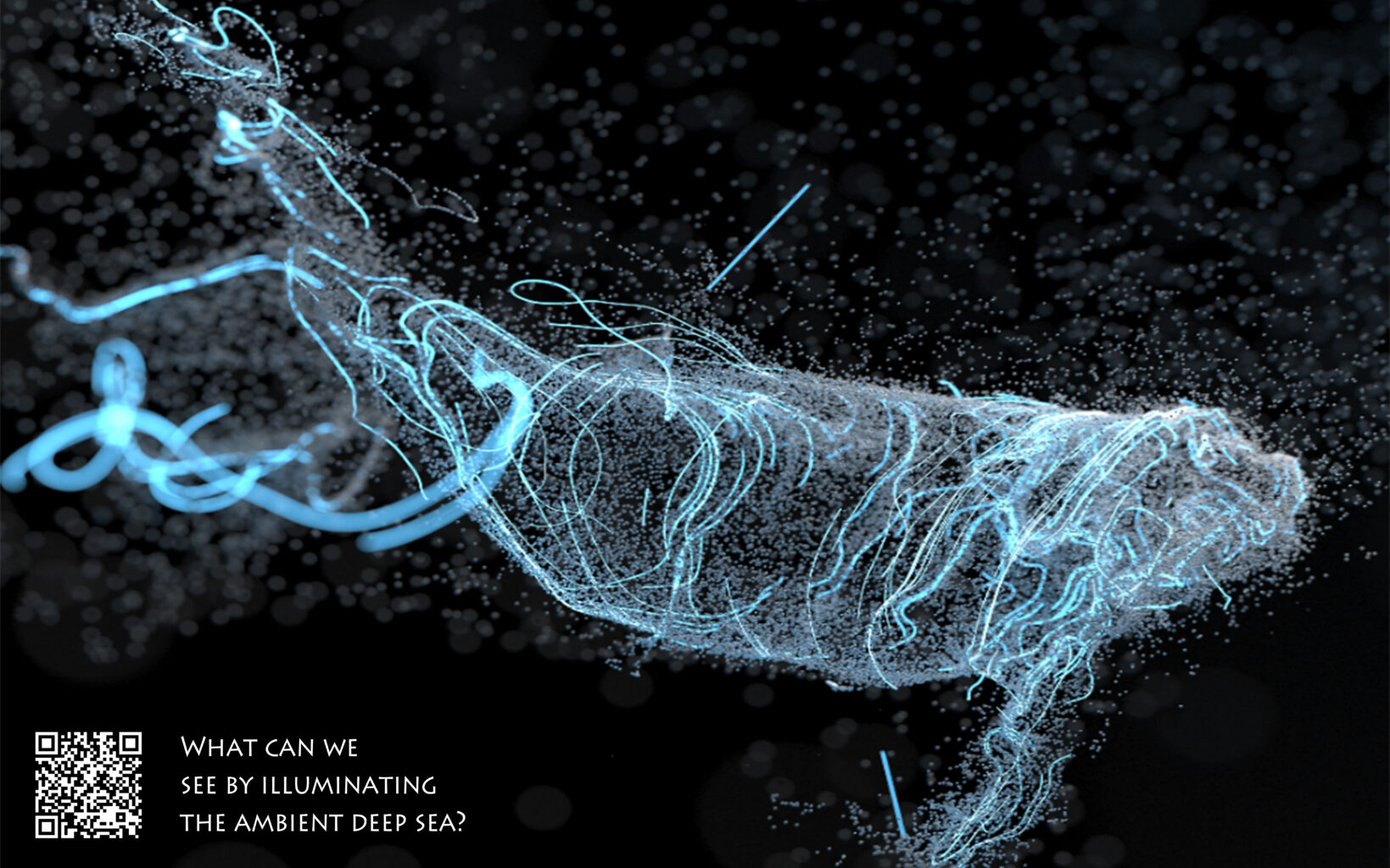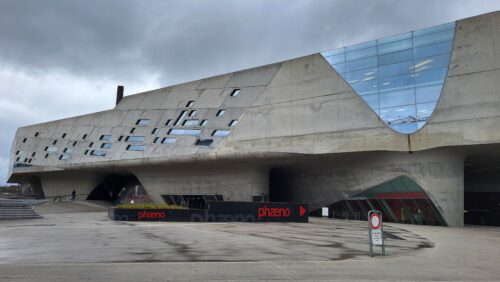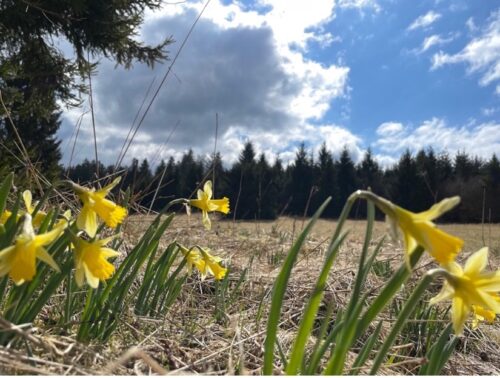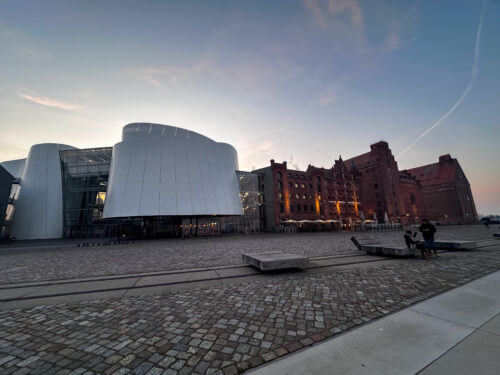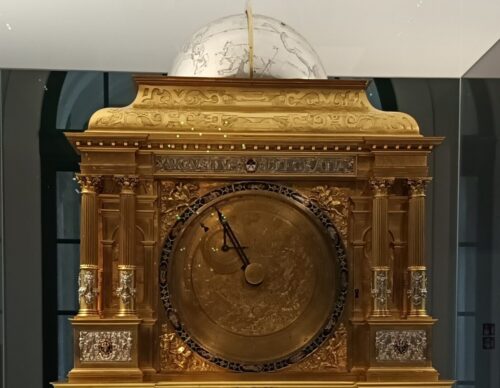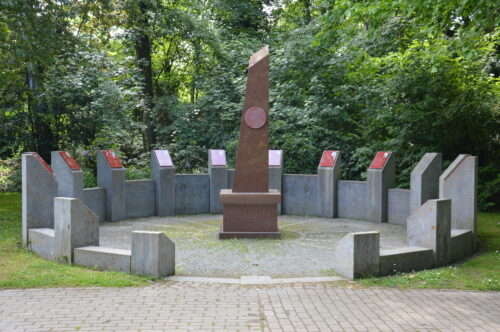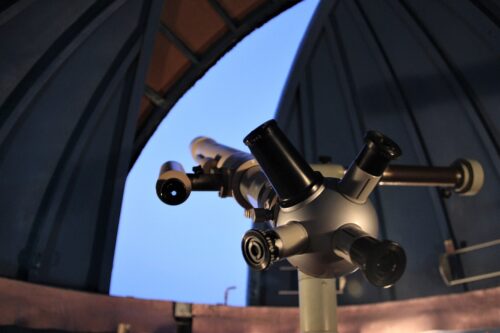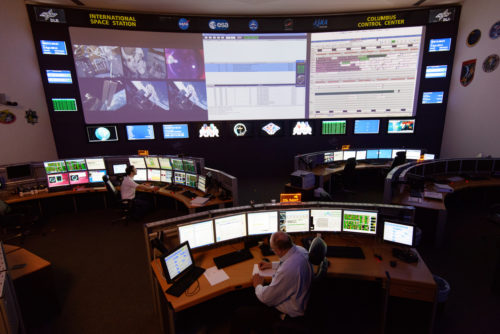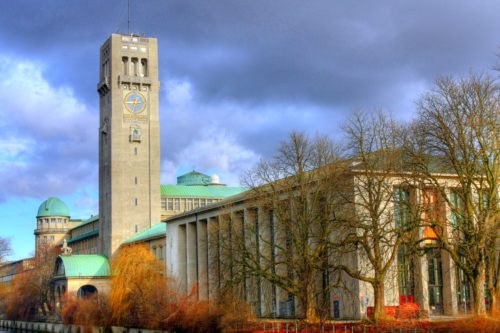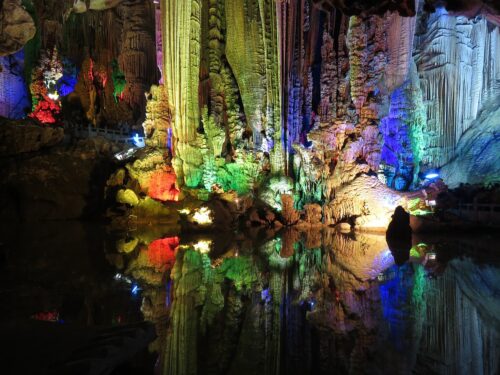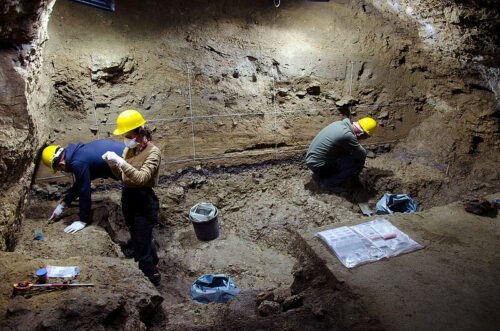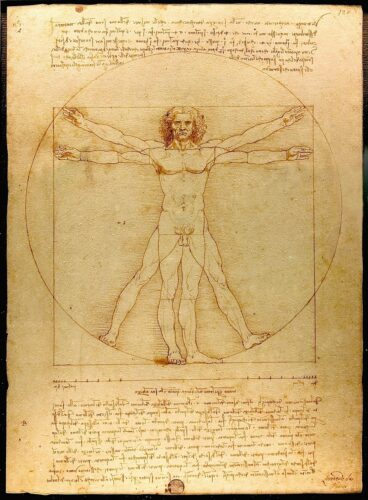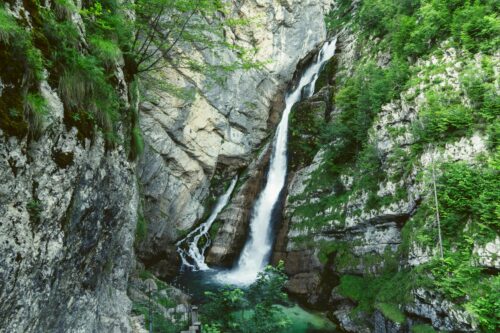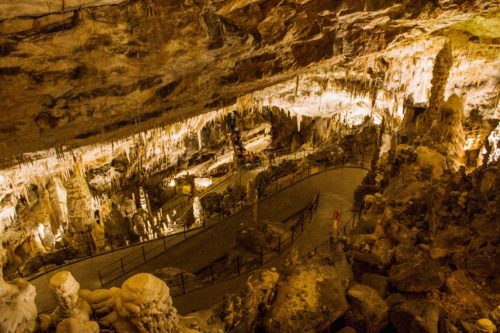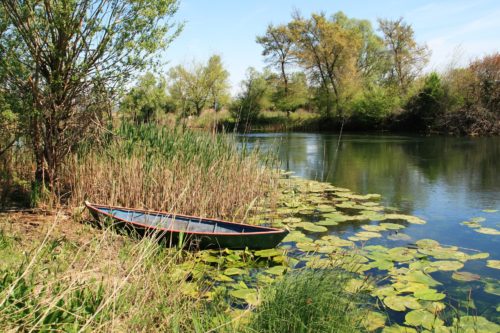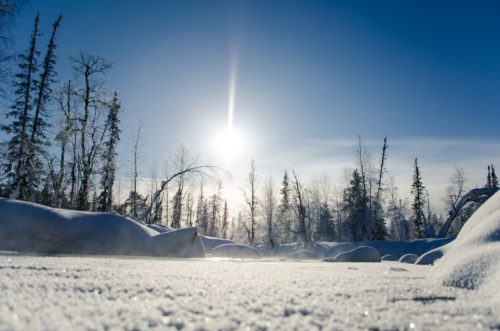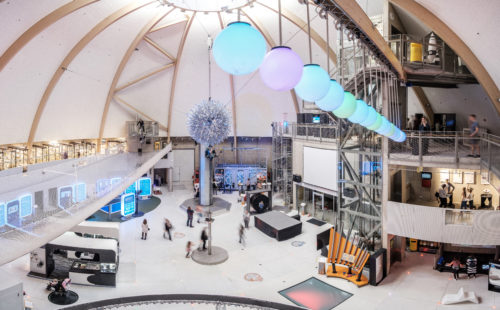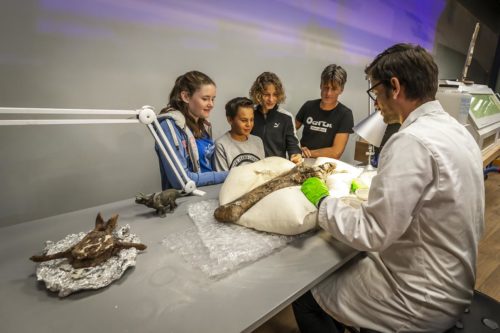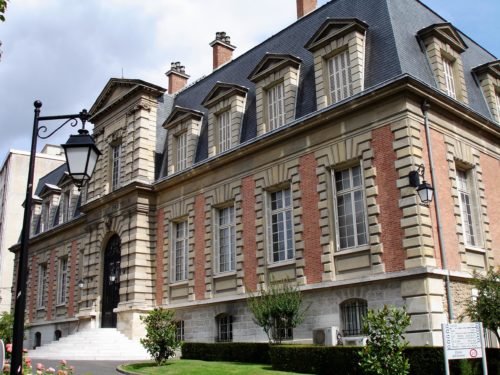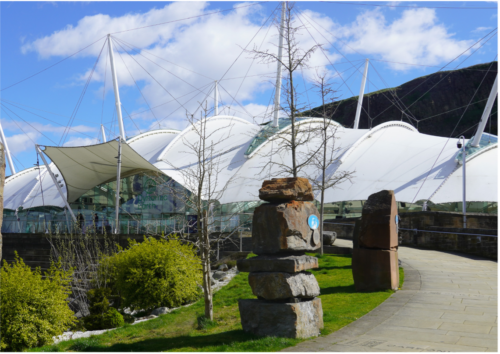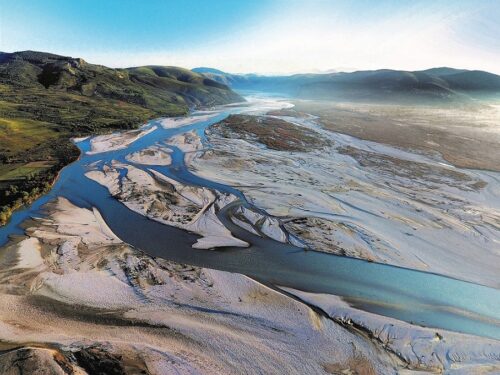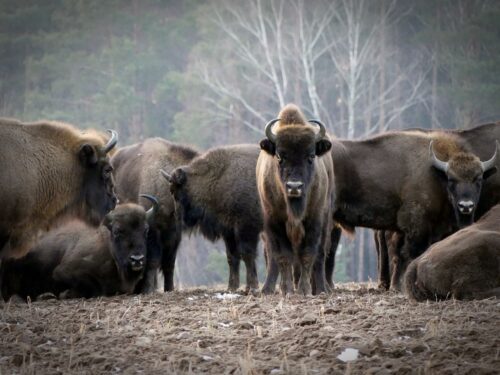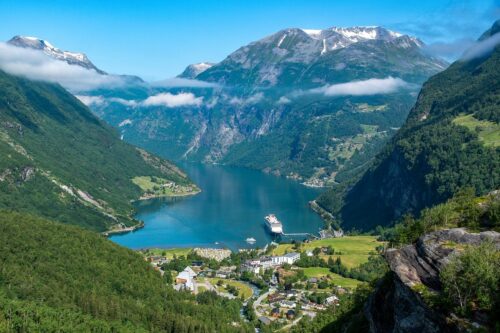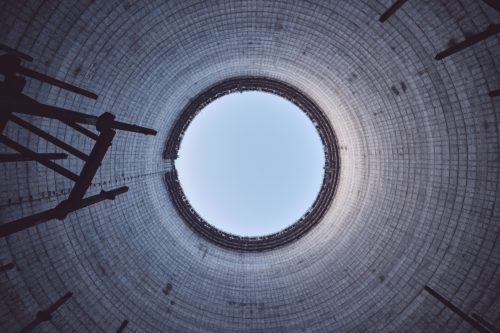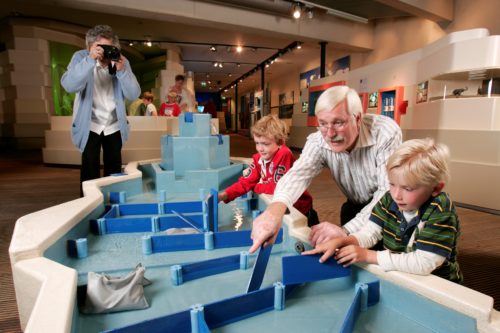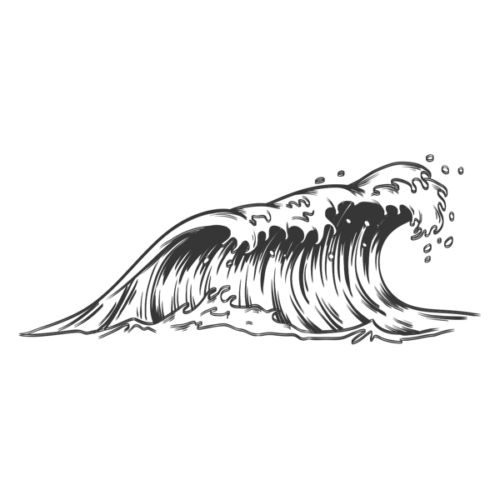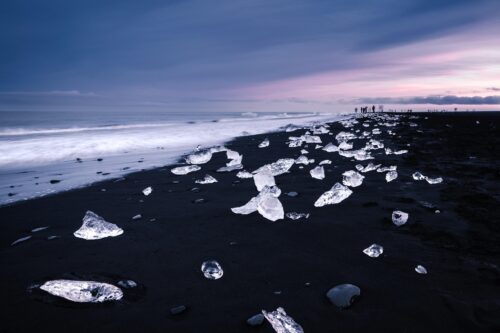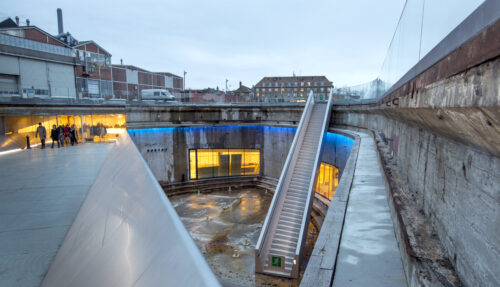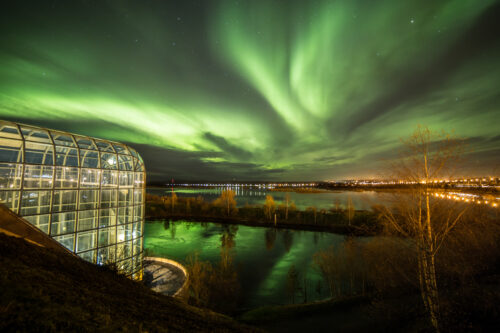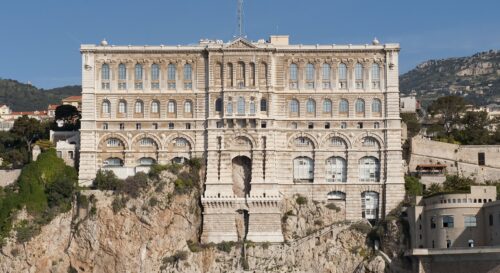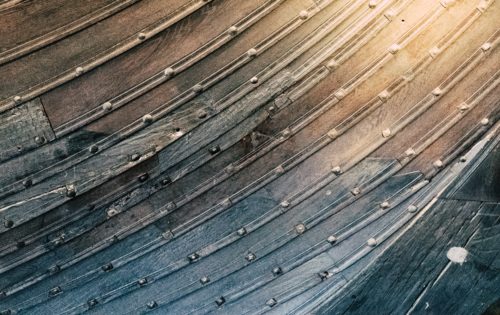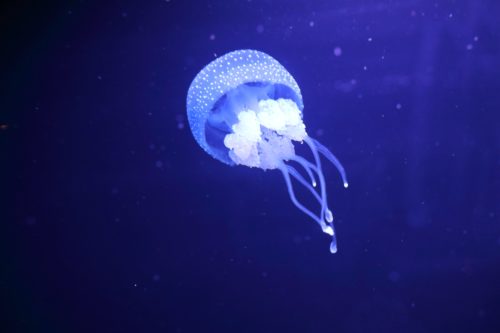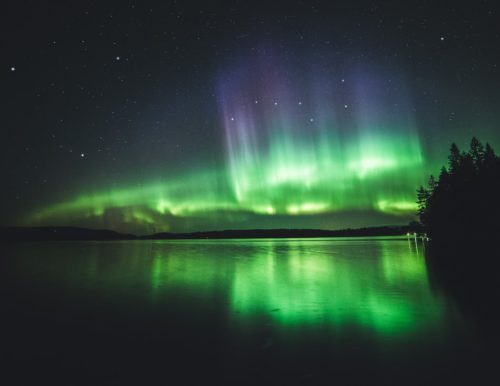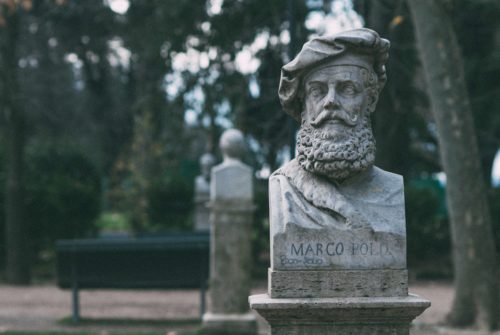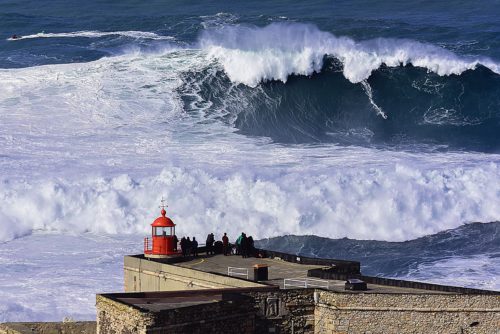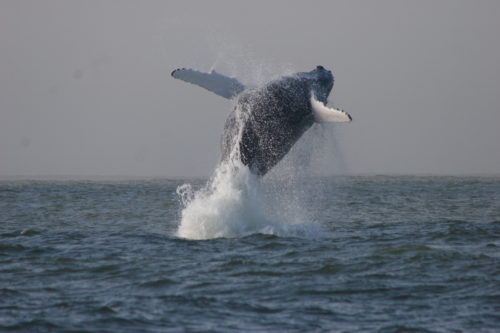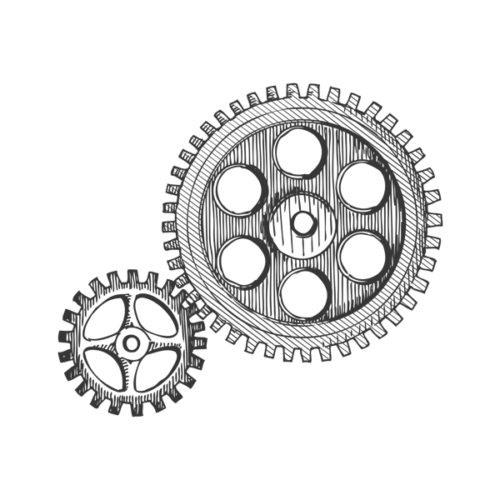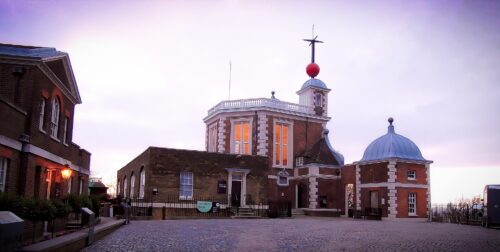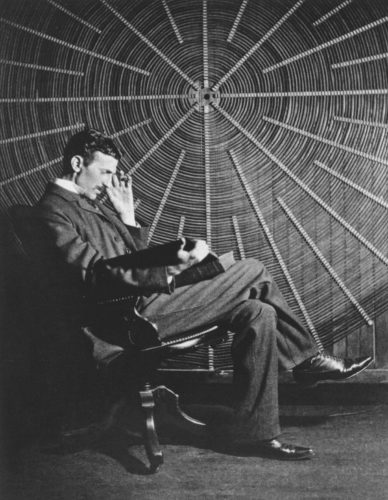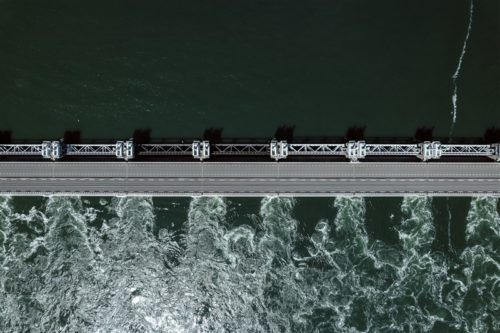A creaking sound, a seismic air gun firing a shot and a whale appearing out of nowhere made from little spheres. All that people can experience when they watch and listen to the work of Tian Wu, Yu Ren and Sibiao Liu, a team of geoscientists and artists from Kiel in the North of Germany.
Yu Ren introduces the team:
“We are theDeep-Sea–Light–team and we have members from Germany, the US and also from China, but from our team, many are based in Kiel, in northern Germany. The goal of our team is to visualize the deep ocean, engage thegeneral public more, and call for the protection of our ocean. We have a scientific team, including a marine seismologist, a dynamic modelingscientist and also, we have a colleague who is an expert for active global tectonics. And in the art team we have programming technicians, we have a visualization programming artist and also an art designer.”
The unusual team consisting of artists and geoscientists utilizes open access data from the oceans and converts it into multimedia artworks. But how exactly can they accomplish that and what happens behind the scenes in the process of converting the data into an artwork? Yu Ren explains the different steps of the complex process in more detail:
“Firstly, I have to download the data from the open access data bases. And after I have the data, I have to do a quality check; if it’s too noisy or if it’s in good quality. And after that I do the spectrum analysis and also the band filter. So, after I have put the band filter,I can get a clearer picture or view of what we have from the seismic data. And from the spectrum analysis we can identify different scenarios – like the landslides or submarine earthquakes or fin whale calls as we show in this project – because they have different frequency ranges. For example, the whale basically has the frequency around 20 Hz, but it varies from the species usually. And after that our scientific team will hand our spectrum to the art team. Therefore, they can convert the two-dimensional spectrum into 3D and hence work at the shape.”
The results of the team’s synchronized efforts in turning incomprehensible open-source data into a displayable art piece can be seen in the artwork below. It shows the rough shape of a fin whale made up of little white spheres and blue bands. Ren explains: “We have small bubbles around this whale. Why? Because from our seismic wave, we found it does not only include the whale call, but it also includes some other noises from other sources. Therefore, we also add some small bubbles around this whale. Which means that it is also affected by the surrounding area.”
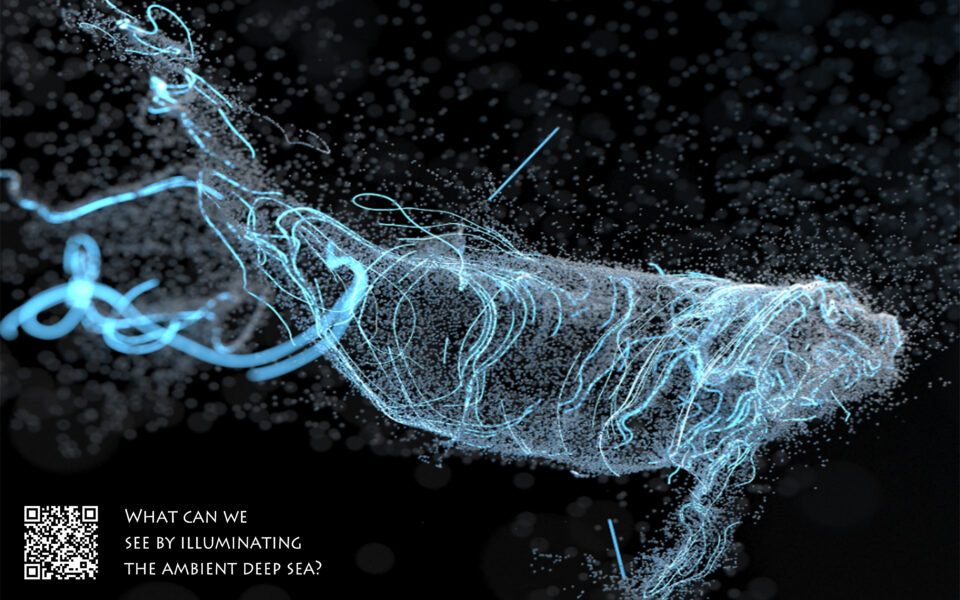
However, turning sea mammal noises into artwork is not the only form of artworks the team has created. They have also used sounds from melting glaciers, underwater earthquakes or moving ships.
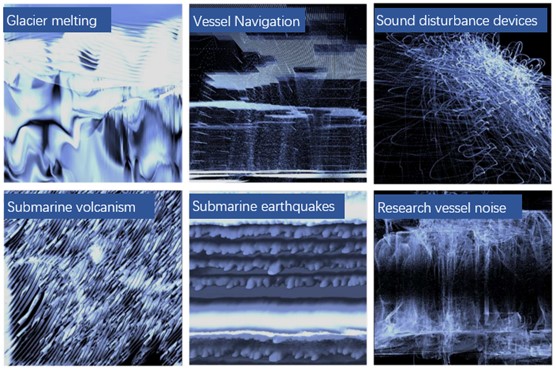
Yu Ren explains how these graphics are made:
“There are some demos of our underwater sounds and we can see they are from different sources like natural sources, a glacier melting and from the fin whale of course. And also some man-made sources like the vessel navigation and research vessel noise and also the sound disturbance devices. The way we construct the research scenario is first we detect these different frequency ranges from our seismic recordings, from our band pass filtering and also the spectrum analysis, and we find the dominant energy in each spectrum. After we extract the research scenario. I have to say that it is not only a scientific or strict science job, because we have to use the predeveloped model from the artist. Therefore, we have a basic understanding of what the data will be looking like. Once we scientific group have done the spectrum analysis, you will see the difference between each spectrum, like the whale calls, the earthquake – it looks different. And also from the spectrum it already has some shape, but it is not like that the finwhale callslookexactly like a fin whale, but it is unique. So the artist will check our spectrum and they will see the general shape, or the rough shape of the spectrum. And then they will try to develop this model before we input our spectrum. It’s like they will check our spectrum and then they develop a model or, I will say, the boundary conture. It should not be like, you know, look too far from what it actually is. So, after they have made the predeveloped model, we input this data to make some unpredictable changes to this pre-made model.”
From these models the Deep-Sea-Light-team can also create moving pictures that resemble the captured sound.
“So we would say that we view all the outcomes as one work, so basically we cannot say which is our favorite, because we have a story out of it. We have the whale and it travels along the shoreline, sometimes along the shorelines, sometimes it’s just in the deep ocean. And it will hear different sounds like the eruption and the ship tracks, and also sometimes it kind of hears these seismic air guns which is what comes from the offshore seismic investigation. But sometimes us human beings are not realizing that we do the fishery, we do scientific investigations, we do all the things we want. But our activities are affecting them in such a way through the noise. So, we want to call for protection of the ocean soundscape. Also kind of adding up more dimension, you know, to understand what is happening under the sea. And also from our project, we would like to emphasize that our project is a combination of science and art, as always mentioned. And therefore, we would like to communicate our ocean science to more general audience.”
Just like every other art piece, the artworks of the Deep-Sea-Light-team have a story and intention behind them – in this case to raise awareness of marine noise pollution. In the future the team is planning to conduct more artwork with seismic data. Until then we can listen to their so-called “Song of the North Pacific”:
